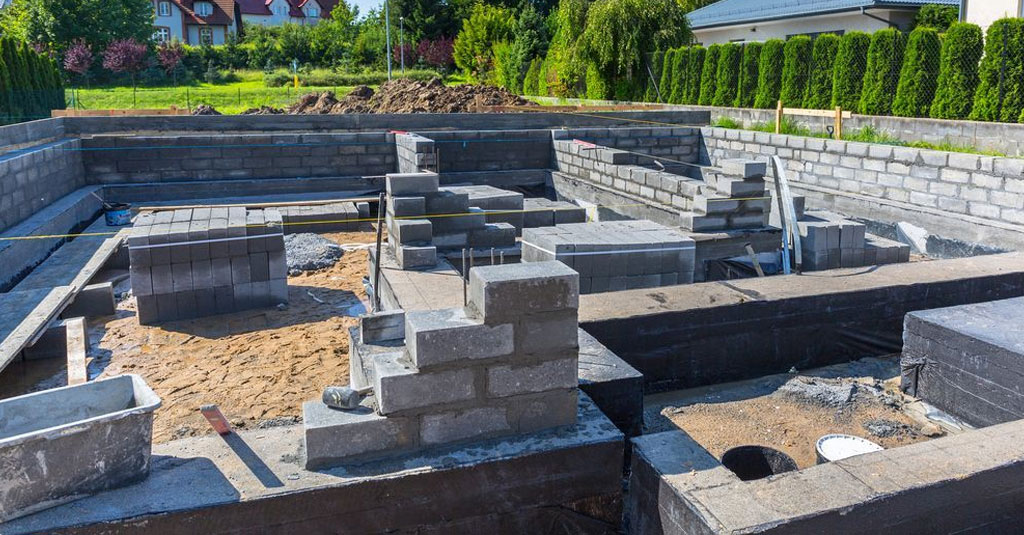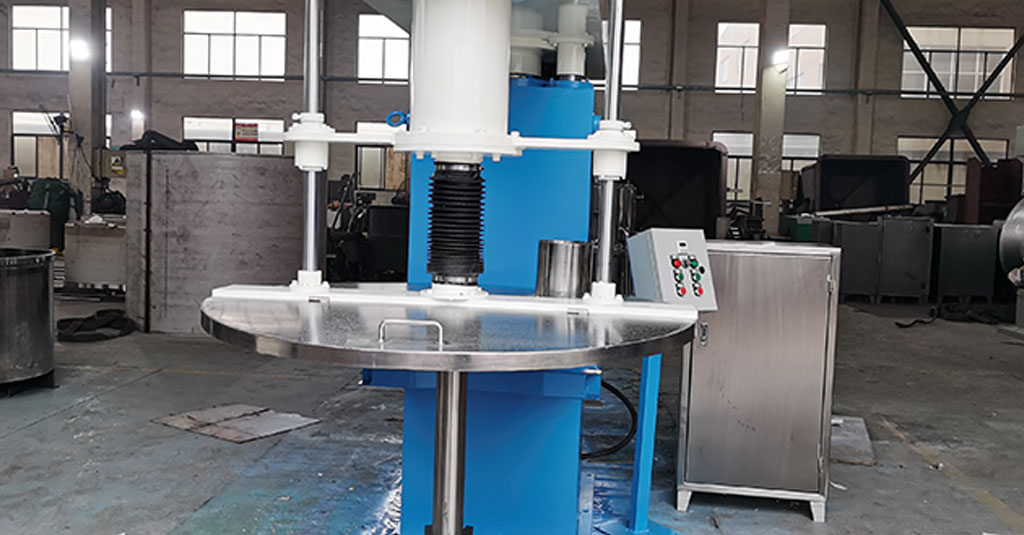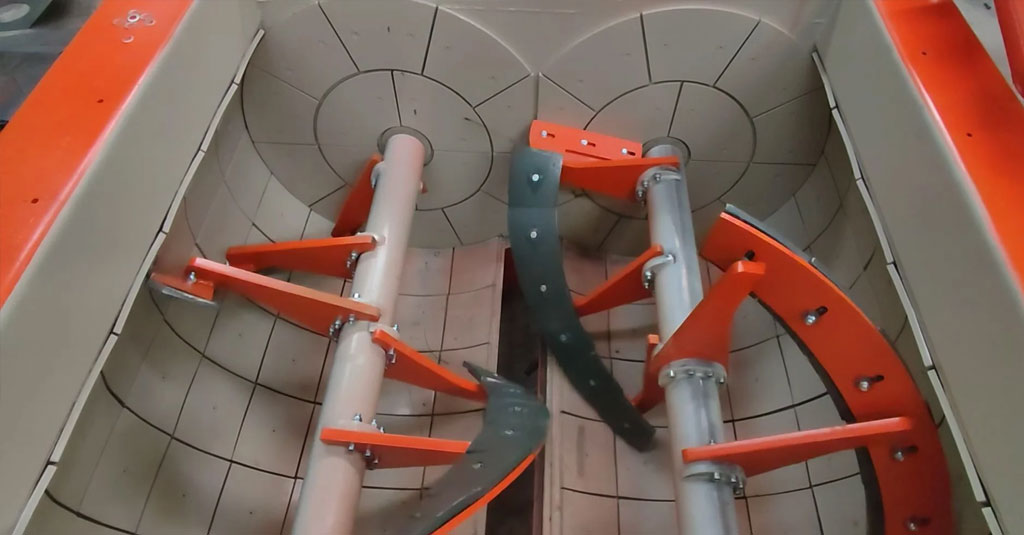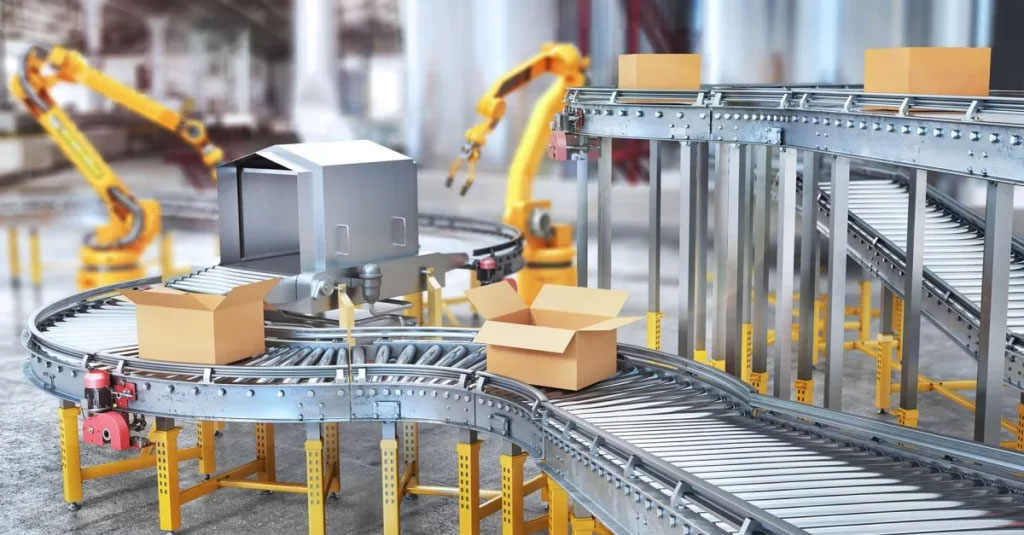Quick Delivery on orders excluding certain products & postcodes *
This emulsion manufacturing guide covers essential processes using high-speed dispersers and twin shaft mixers to ensure homogeneous blending, fine particle dispersion, and stable emulsion formulations for various industrial applications.

The first step in emulsion production is preparing raw materials, including emulsifiers, stabilizers, and base liquids. Ensuring the correct ratios and quality of materials is critical for achieving a stable emulsion.
💡 Key Steps:
📌 Equipment Used: Mixing Tanks, Agitators

High-speed dispersers play a crucial role in breaking down particles and ensuring the uniform dispersion of immiscible liquids. This step is essential for creating stable emulsions.
💡 Key Steps:
📌 Equipment Used: High-Speed Dispersers, Agitators

Once emulsification is complete, twin shaft mixers ensure the thorough blending of ingredients to achieve a homogeneous emulsion with the desired texture and consistency.
💡 Key Steps:
📌 Equipment Used: Twin Shaft Mixers, High-Speed Mixers

The finishing stage includes filtration, packaging, and quality control to ensure the emulsion is ready for distribution and application.
💡 Key Steps:
📌 Equipment Used: Filtration Systems, Packaging Machines, Quality Control Instruments
At Raymer Engineering Corporation, we offer comprehensive emulsion manufacturing solutions that ensure consistent product quality and efficient production processes. Our equipment and guides are tailored to meet the specific needs of emulsion manufacturers across industries.
✔ Complete Turnkey Solutions for Emulsion Production Facilities
✔ Durable and Energy-Efficient Equipment for Consistent Results
✔ Customizable Solutions for Water-Based & Solvent-Based Emulsions
✔ Global Supply Network with Comprehensive After-Sales Support
💡 Ready to Optimize Your Emulsion Production? → Consult Our Engineers Today!
| Process | Equipment Used | Capacity (Ltrs) | Material of Construction | Applications |
|---|---|---|---|---|
| Raw Material Prep | Mixing Tanks, Agitators | 100L – 5,000L | Stainless Steel / Mild Steel | Pre-blending water, oils, and emulsifiers |
| Emulsification | High-Speed Dispersers | 100L – 3,000L | Stainless Steel / Mild Steel | Fine dispersion of immiscible liquids |
| Blending | Twin Shaft Mixers | 100L – 5,000L | Stainless Steel / Mild Steel | Achieving uniform consistency in emulsions |
| Finishing | Filtration Systems | 500L – 5,000L | Stainless Steel / Mild Steel | Final filtration and packaging of emulsions |
💡 Need Equipment Customized for Your Emulsion Production Plant? → Request a Custom Quote!
The emulsion production process includes raw material preparation, emulsification using high-speed dispersers, blending with twin shaft mixers, and finishing with quality control checks.
✔ High-Speed Dispersers (for emulsification)
✔ Twin Shaft Mixers (for blending and homogenization)
✔ Filtration Systems (for final product finishing)
By using high-quality dispersers and mixers, maintaining precise control over shear forces and mixing speeds, and conducting regular quality checks for viscosity, particle size, and pH.
✔ Quality of Raw Materials
✔ Efficient Mixing & Dispersion Techniques
✔ Proper Blending & Finishing Processes
💌 For More Information, Contact Us Today! → Get Your Guide
Absolutely! We offer tailor-made solutions to meet your specific emulsion manufacturing requirements.
📞 Still Have Questions? → Talk to Our Experts Today!
We would love to help you with your specialist application, enter your details below;
we will be in touch – no obligation.
W-87, MIDC, Phase-2, Dombivali East, Near Metro, Chemical, Dist. – Thane 421204
+(91) – 9220814009
+(91) – 8048543437
Founded in 1972 by Mr. N.K. Engineer, a visionary Mechanical/ Electrical engineer. Over the years, the company has gained a prominent reputation for producing high-quality machines for various industries including Paints, Pigments and Ink, Pharma, Food, and Chemicals. Our expertise lies in designing, fabricating, and manufacturing a range of machines including Paint and Ink Manufacturing Machines, Machinery for Pharma, Dye and Pigment Chemical Manufacturing, Resin Chemical Manufacturing, Agro Chemical, Wall Putty Making Machines, Detergent Making Machines, Resin Manufacturing Plants, Emulsion Manufacturing Plants, Paint and Ink Mixing Machines and Chemical Agitators.